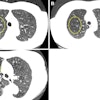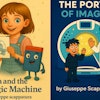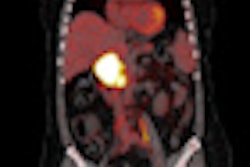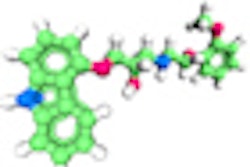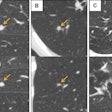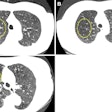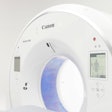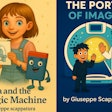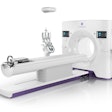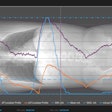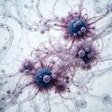Dear AuntMinnieEurope Member,
MRI is a useful tool for evaluating female pelvic pathology, but it's vital to know which patients should undergo MRI, and to use the right technique. Respiration, cardiac motion, and intestinal peristalsis often produce movement or ghosting artifacts that may result in poorly defined organ contours and reduced detection of pathological lesions.
Swiss researchers have some important new recommendations on this topic. To read more, go to our Women's Imaging Digital Community, or click here.
Arguably the most bizarre and fascinating presentation at last week's annual meeting of the European Society of MR in Medicine and Biology (ESMRMB) in Lisbon was about how to age ancient wet wood. Apparently CT falls short in this area because of the missing x-ray absorption contrast, so Austrian researchers are using parameter-selective MR microimaging for characterizing wet timber. Visit our MRI Digital Community, or get the story here.
ESMRMB delegates also learned that MRI is the best modality to evaluate musculoskeletal infections, which can be particularly challenging in the foot, where multiple structures are tightly packed together. Click here to find out more.
In molecular imaging, PET is the area that offers the greatest future clinical potential, according to Dr. Stefano Fanti from the University of Bologna, Italy. In advance of the annual congress of the European Association of Nuclear Medicine, we interviewed him about his views and experiences. Go to our Molecular Imaging Digital Community, or click here.
Colorectal cancer is now the second leading cause of cancer-related death in Europe, so any developments in this field are bound to attract attention. Dutch researchers have investigated how best to monitor tumor response in metastatic colorectal cancer patients, and you can click here for their findings.
Lung cancer screening is another hot topic, and new research in the European Journal of Radiology suggests computer-aided detection software can add additional benefits -- without too many false positives -- over double reading of low-dose chest CT examinations. Go to the Advanced Visualization Digital Community, or click here.


